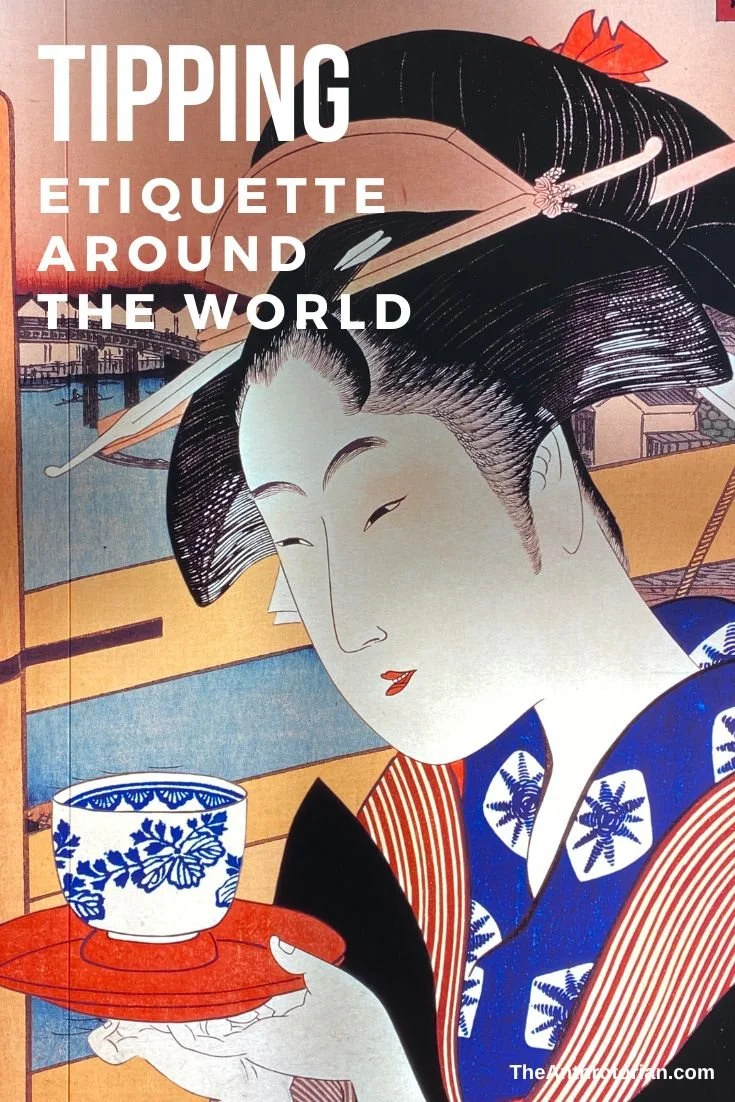In Thailand approximately 95% of the population is Buddhist, which means that the country is chock-full of breathtaking temples (wat in Thai), elaborately carved statues of the Buddha, and saffron-coloured-robe clad monks (approx. 460,000 of them!).
It is an expectation across the country that EVERY Thai male will become a monk for at least a short period in their life.
This practice, much like compulsory military service in countries like South Korea, usually occurs between the completion of school and the beginning of a career or marriage. It is not unusual however for males under the age of 20 to ‘take robe and bowl’ as novices, because a family earns great merit when a son becomes a monk.
The time spent in a wat is traditionally supposed to last for three months and take place during the Buddhist version of lent that begins in July and coincides with the monsoon season.
Nowadays. however. most men spend as little as a week in the temple in order to accrue merit as a monk.
As is the case in most organized religions, women do not have the same status as men, and are not permitted to become monks. Outnumbered by them almost 50 to 1 — I never actually saw one when I was in Thailand — these female devotees to Buddha shave their heads, wear white robes, and are called nuns.
“It is an expectation across the country that EVERY Thai male will become a monk for at least a short period in their life”
The lower status of women in Buddhist practice was even more obvious to me when I learned that one of the 250 rules that monks follow is that they are not allowed to touch or be touched by women.
If you are female and want to give them alms or food, you must set the offering nearby or on their receiving cloth.
If you so much as brush against a monk on the crowded streets or water taxis of Thailand, they will have to return to the temple and perform rituals (think Silas from The DaVinci Code but less extreme) to cleanse themselves of your touch.



















